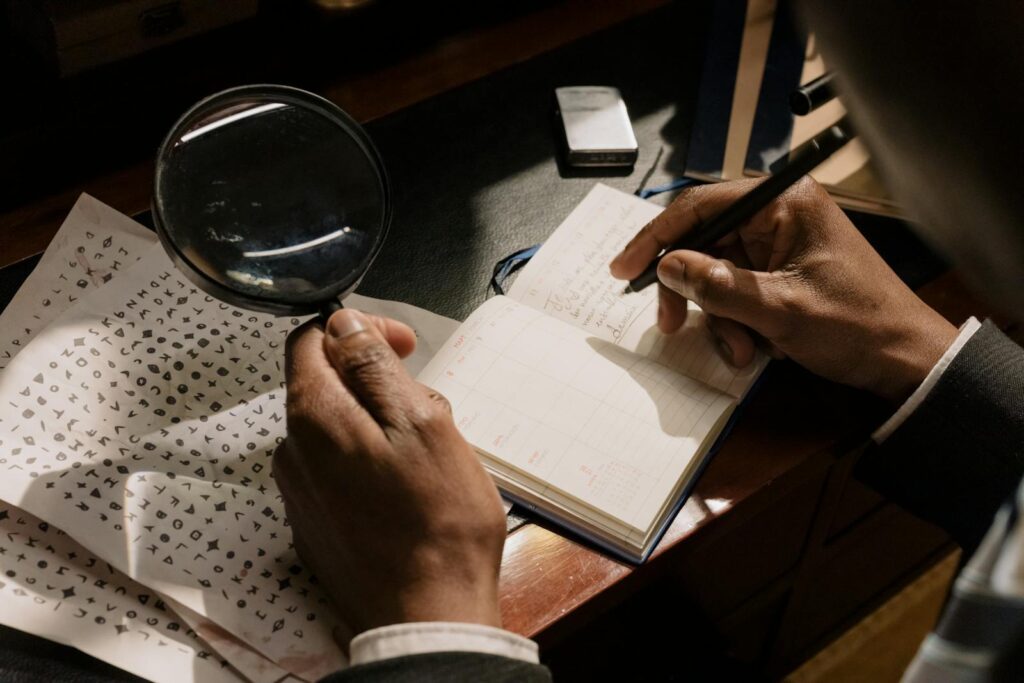Now Reading: Forensic Intelligence and Its Application in Public Safety
-
01
Forensic Intelligence and Its Application in Public Safety
Forensic Intelligence and Its Application in Public Safety
Introduction
With advancements in technologies and the thinking capabilities of individuals, the definition of public safety keeps on changing with due course of time. Today the term public safety, not only includes the safety of citizens from becoming a victim of crime but also a proper investigation of a crime that happened, hence ensuring unbiased law enforcement.
To protect one from becoming a victim of crime requires his/her knowledge about the kinds of occurring crimes and how to be alert against such crimes whereas to ensure proper conduction of investigations requires enhancing the skills of investigation agencies. This is where the role of forensic sciences comes into play. By simple definition forensic science is the application of sciences and scientific instrumentation to aid investigation and law agencies
Forensic investigation of a crime scene can aid the investigation officer in collection of volatile and non-volatile evidence and with proper instrumentational analysis of such evidence, suspect can be claimed as a culprit without a benefit of doubt. Today with the advancement in sciences the field of forensic as also expanded its horizons beyond the primitive fields. Cyber Forensic is one such majorly emerging branch.
FORENSIC INTELLIGENCE
The working definition of forensic intelligence states, “the application of forensic science to crime intelligence, in order to determine the facts at issue, to enable the production of intelligence products for action in the area of the linking of crimes and the matching of offenders to crimes.”
A more accurate and relatable definition for forensic intelligence is “forensic intelligence is the accurate, timely and useful product of logically processing (analysis of) forensic case data (information) for investigation and/or intelligence purposes.” This definition ideally states the importance of each step of a crime investigation from collection of data available from a scene to pointing out all inferences possible from it.
In layman’s language forensic intelligence can be considered as the mixture of the knowledge that a forensic scientist has along with the information that is collected from the crime scene. This mixture helps in the development of a database that works as the intelligence tank for the investigator.
These databases also called forensic intelligence products provide the vital information needed for the policymaking and planning of public safety.
The effectiveness of forensics to fight crime, organized criminal groups and terrorist groups is very relevant in recent times. But these methods and databases should undergo critical changes as required to combat crime. It is obvious that the agencies have serious issues in accessing such databases and also the lack of integration of data of different agencies makes it more difficult.
ELEMENTS OF A FORENSIC INTELLIGENCE MODEL
The elements identified were as follows:
· Timeliness: -Any result provided for intelligence purposes should be within a set timeframe. For example, DNA results in Australia is provided within 5 days.
Backlogs in forensic are a major hindrance in the timely delivery of reports.
· Interim reporting: – An interim report should be provided in a timeframe so that full and final report should not be awaited. This report should have all necessary quality checks.
· Integration: – For cases having multiple evidences, the result should be integrated and analyzed.
· Aware and engaged practitioners: – Agencies should be aware of the benefits of intelligence data and also they should be provided with knowledge and understanding of such data.
· Systems (IT) enabled: – A multi-access IT system is a critical element in an intelligence model.
· End-user informed: – the key end-user must have access of the establishment and working of the model, which provides a balance between the requirements of the service provider and those of the end-user. For example, police agency.
· Legal validation: – there should be legal validation of the databases used for investigation and court purposes.
· Re-evaluation: – There should updates of the databases on regular basis and all shortcomings should be overcome in due course of time.
Such intelligence models can only be useful when the forensic practitioners are well integrated with the policing agencies during the investigation as this would aid in better collection and interpretation of the evidence, further helping in producing a database that is reliable. A major challenge faced in India is the reputation (or Ego) of department of investigations and lack of integration within different agencies.
PUBLIC SAFETY
Forensic Intelligence in Cyber Crimes
One of the major crime in modern days is via internet. Today every big and small, personal and not so personal information of an individual is available on the internet. This huge availability of data and ease to individual bring along with itself a constant threat of theft of data. Some major threats are Cyber Bullying, Phishing, Cyber stalking etc. Cyber Forensics is constantly trying to combat such threats. Cyber forensics try to track the roots of the threat, stop it and also help police to capture those who make such threats. Setup of Cyber Crime unit in policing agencies is one such step. With forensically intelligent policing agency, state can be taken to ahead to the major cause that is towards reduction of crime against public.
Forensic Intelligence in Fingerprints/Footprints
Fingerprints are one of the most common evidences found on the scene of crime and are also the most reliable ones because no two fingerprints match with each other. As fingerprints are unique to every individual, a database of such evidence can be really helpful in cases where the suspect is unknown. A single fingerprint has more than 100 spots out of which just at 8 accurate match can provide with a positive result. NAFIS (National Automated Fingerprint Identification System) will be operational soon in India and aid police forces in crime detection.
Forensic Intelligence in Questioned Documents
Illegal and forged documents are used by different terrorist organizations to enter other nations. Hence proper analysis should be done of any such questioned documents. Investigation agencies with the help of proper analysis of the documents and with development of proper forensic intelligence can track different international organizations. Also, forensic scientists should provide with their opinion on how to make a document of national importance free from being forged.
Criminal Profiling
Criminal investigations, or criminal personality profiling, identifies the subtle habits, psychological traits, and personality variables associated with criminal activity. People who commit heinous crimes such as serial homicide, sex crimes leading to criminal homicide, arson, bombings, ritualistic crimes that include torture, child abduction, kidnapping, child molestation, often have variables and traits which are used to develop personality and behavioral descriptors. These variable traits are often unique to their modus operandi.
This can be understood by an example that if same offender conducts two different crimes at two different locations, his modus operandi will often be same indicating similarity and will be easy for the investigator to make a suspect list.
Conclusion
Forensic Intelligence, also referred as the intelligent use of forensic data, provides assistance in planning crime reduction and understanding of patterns and functioning of criminal behaviors and environment.
It is a future oriented approach and focus on long term solutions for the basic aim of every law enforcement agency that is a reduction in the crime rate. With proper education of the law enforcement agencies about the forensic data, its analysis and its interpretation, these databases can provide immense aid to its key-end users such as policing agencies, during investigations.
Speaking in Indian context, such advancements are still under process, but with proper focus and funds by the government to forensic intelligence systems, this can prove to a boon for the criminal justice system and public safety.
References
Milne, R., 2012. Forensic intelligence. CRC Press.
(2015) Elements of a forensic intelligence model, Australian Journal of Forensic Sciences, 47:1, 8-15.
De Alcaraz-Fossoul, J. and Roberts, K.A., 2017. Forensic intelligence applied to questioned document analysis: A model and its application against organized crime. Science & Justice, 57(4), pp.314-320.
DAVIS, J. A. (1999) ‘Criminal Personality Profiling and Crime Scene Assessment: A Contemporary Investigative Tool to Assist Law Enforcement Pblic Safety’, Journal of Contemporary Criminal Justice, 15(3), pp. 291–301.








